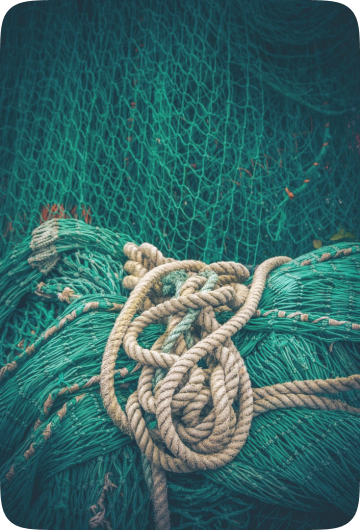
Even until the 1990s, the manufacturing technology for spandex was shrouded in secrecy.
The technology was held by only three countries: the United States, Germany, and Japan.
Domestic companies had to pay expensive royalties to advanced foreign firms.
However, Hyosung TNC had a different mindset.
"If we don't have a proprietary technology, the added value of spandex won't belong to us."
In 1990, Hyosung embarked on a research campaign to produce spandex.
They had only a few spandex yarns produced by suppliers in advanced countries.
Three researchers began their audacious journey to develop proprietary spandex technology.

The research began with an efforts to understand what spandex was composed of,
and then continued with research to find the synthesis conditions and ratios of the constituent ingredients.
The researchers, like the first scientists, never left the laboratory.
They faced a repeated failures.
After finally completing chemical experiments on polymer materials,
the design of the spandex production process followed. However,
after years of research, the first trial run of the spandex factory revealed a fatal flaw.
This led to a series of trial and error attempts,
and it was even whispered that it may have been a wasteful venture.

Hyosung did not stop.
The management and development teams were not afraid of failure.
In 1992, they finally succeeded in producing spandex in-house.
After a long commercialization process spanning seven years,
Hyosung's spandex became the world's market leader in 2010.
As a latecomer who became the fourth company in the world to possess proprietary spandex technology,
CREORA Spandex, which created something from nothing,
still proudly holds the top position in the world.



